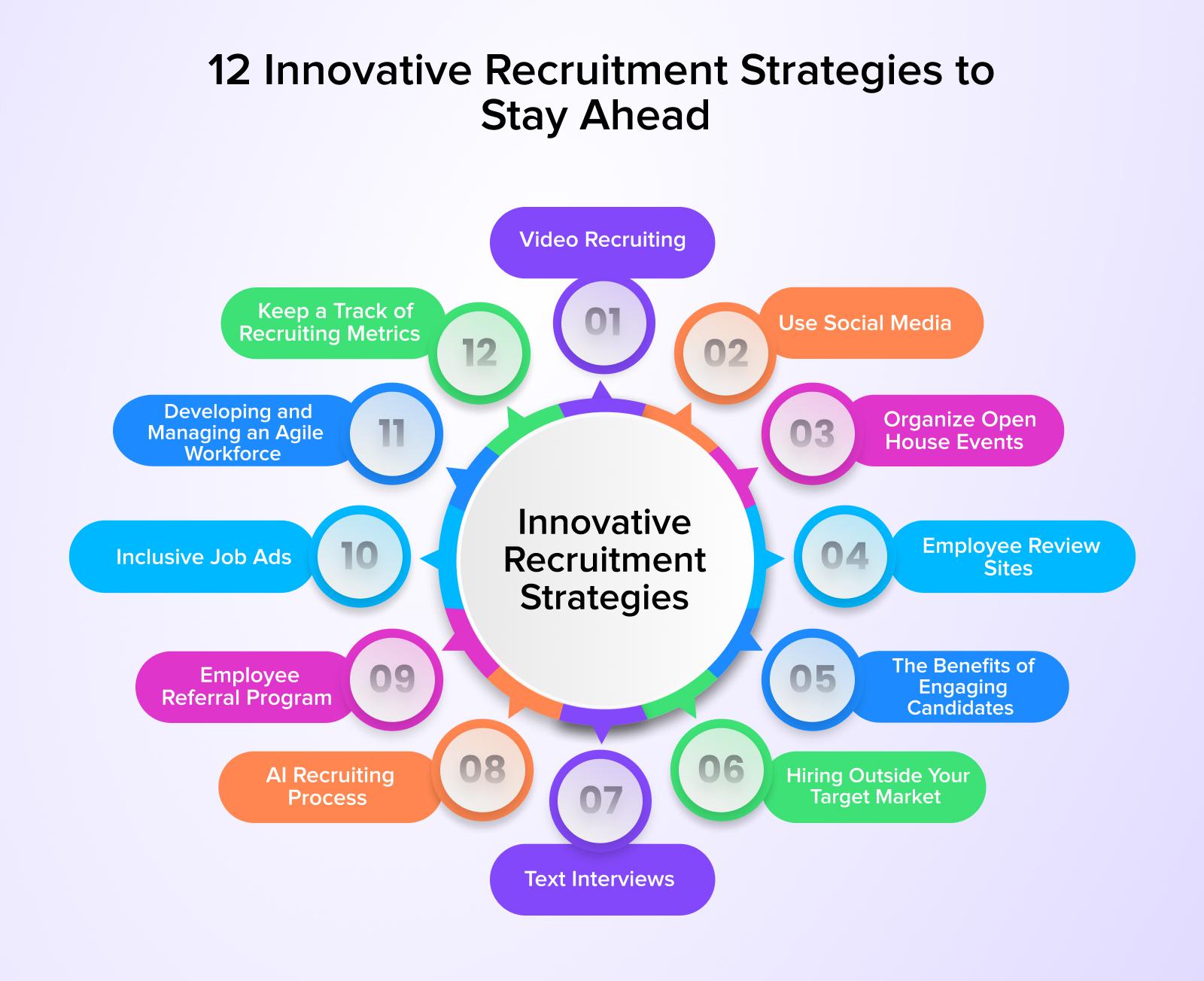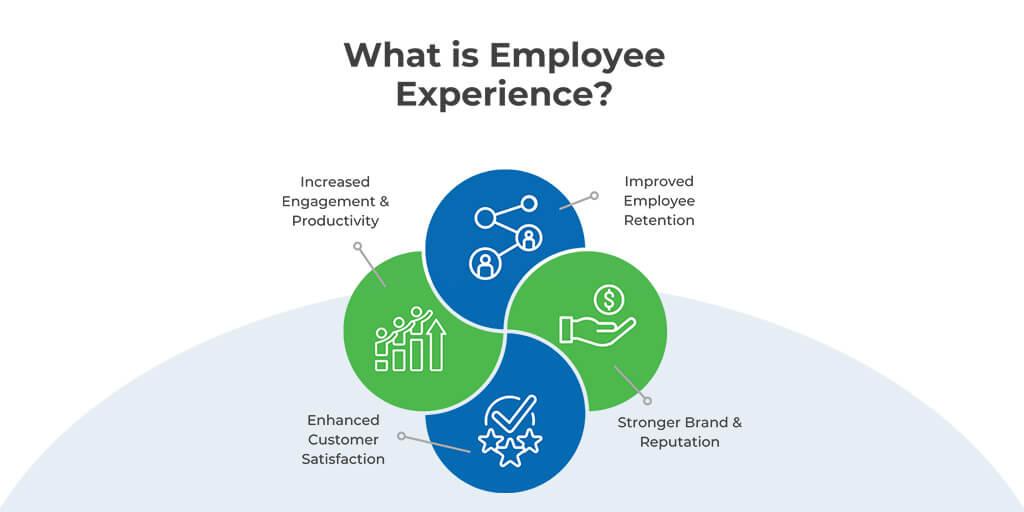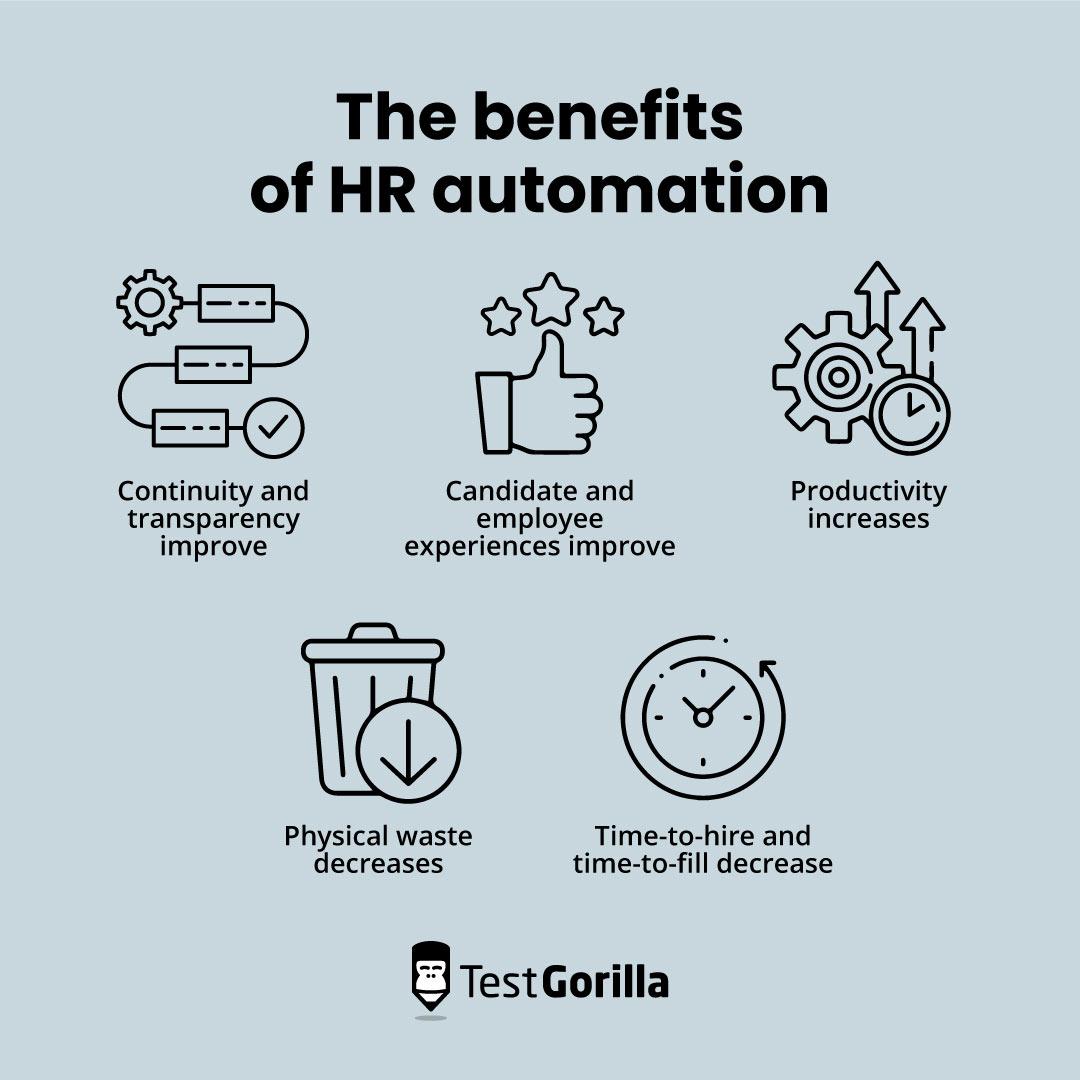In a world where change is the only constant, the landscape of human resources is undergoing a profound transformation driven by the rise of automation. Once considered a realm defined by personal interactions and human intuition, HR is now embracing cutting-edge technologies that promise to reshape the ways organizations attract, retain, and develop talent. As we delve into “Navigating the Future: The Role of Automation in HR,” we explore the shifting paradigm that marries the efficiencies of automation with the irreplaceable nuances of human connection. This article will illuminate the potential benefits, challenges, and ethical considerations of integrating automated systems into HR practices, offering insights into how organizations can successfully chart a course through this rapidly evolving terrain. Join us as we embark on a journey to understand the future of HR—where technology and humanity intersect.
Embracing Technological Transformation: Understanding Automation’s Impact on HR Functions
The landscape of Human Resources is shifting as automation technologies become integral to streamlining operations. HR functions that once consumed vast amounts of time and resources are now being radically transformed by innovative solutions. The benefits include:
- Increased Efficiency: Automating repetitive tasks allows HR professionals to focus on strategic initiatives that drive organizational success.
- Data-Driven Insights: With advanced analytics, HR can harness employee data to make informed decisions regarding hiring, retention, and employee engagement.
- Improved Candidate Experience: Automated systems streamline the hiring process, enhancing the experience for applicants through faster response times and personalized interactions.
However, the shift towards automation also presents challenges. It is crucial for HR departments to strike a balance between technology and the human touch. Employees may feel apprehensive about technology replacing their roles, which underscores the importance of effective change management and communication strategies. Organizations should consider:
- Training and Development: Offering training programs to employees will build their confidence in using new tools.
- Change Communication: Keeping clear lines of communication open regarding the advantages of automation can help mitigate fears and resistance.
- Feedback Mechanisms: Implementing channels for employee feedback will not only foster a culture of innovation but also enhance the effectiveness of automated systems.

Enhancing Recruitment Strategies: Leveraging AI and Data Analytics for Talent Acquisition
In the rapidly evolving landscape of talent acquisition, organizations are increasingly turning to advanced technologies to refine their recruitment processes. Integrating AI and data analytics allows HR professionals to sift through vast pools of candidates more effectively, leveraging algorithms to identify the best fits based on specific criteria. With machines capable of assessing resumes, matching skills, and even predicting candidate success, companies can not only save significant time but also enhance the quality of their hires. Key advantages include:
- Improved Efficiency: Automated systems can review hundreds of applications in minutes, streamlining the initial screening process.
- Bias Reduction: AI can help minimize unconscious bias by focusing on objective data rather than subjective impressions.
- Enhanced Candidate Experience: Offering personalized communication through chatbots ensures that candidates are informed and engaged throughout the process.
Additionally, the use of predictive analytics enables organizations to forecast hiring needs and identify potential skill gaps before they become critical. By analyzing historical data, companies can make informed decisions about future talent acquisition strategies, ensuring alignment with organizational goals. A simple framework for understanding the impact of data-driven recruitment includes:
| Aspect | Traditional Recruitment | Data-Driven Approach |
|---|---|---|
| Time-to-Hire | Longer | Shorter |
| Quality of Hire | Variable | Higher |
| Candidate Engagement | Limited | Personalized |
By making data-driven recruitment a priority, organizations not only enhance their operational efficiency but also build a more robust workforce that can adapt and thrive in a competitive environment.

Streamlining Employee Experience: Automating HR Processes to Foster Engagement and Retention
In today’s fast-paced work environment, the intersection of technology and human resources is becoming increasingly crucial. By leveraging automation, organizations can significantly enhance the employee experience, making processes smoother and more efficient. Automation enables HR departments to focus on strategic initiatives rather than getting bogged down in repetitive tasks. Consider the impact of automating activities such as:
- Onboarding: Streamlining documentation and training schedules can help new hires feel engaged from day one.
- Performance Reviews: Automating feedback collection ensures a more timely and organized evaluation process.
- Leave Management: Simplifying requests and approvals allows teams to focus on collaboration rather than paperwork.
The result is a culture where employees feel valued and engaged, leading to improved retention rates. Companies can foster a sense of community through personalized communication and relevant opportunities for growth, enhanced by automated solutions. By analyzing employee data through HR systems, organizations can identify patterns that prompt improved employee satisfaction. The evolution towards automation is not just about efficiency; it’s about creating a harmonious workplace where everyone can thrive. For example, below is a comparison of traditional versus automated HR processes:
| HR Process | Traditional Method | Automated Solution |
|---|---|---|
| Onboarding | Manual paperwork, long orientation | Digital forms, interactive training modules |
| Performance Tracking | Periodic reviews, scattered feedback | Continuous feedback, centralized dashboards |
| Attendance Management | Sign-in sheets, manual recordkeeping | Automated time tracking, real-time analytics |

Navigating Ethical Considerations: Balancing Automation with Human Touch in HR Practices
The evolution of technology in human resources brings unprecedented opportunities but also significant ethical considerations. As companies lean into automation, some aspects of the employee experience could inadvertently suffer, potentially affecting trust and engagement. Striking a balance between automated processes and the human touch requires a nuanced approach, which can be aided by:
- Transparent Communication: Clearly explain how automation benefits both the organization and its employees.
- Personalization: Employ technology to enhance the human experience, ensuring automated systems remain adaptable to individual employee needs.
- Continuous Feedback: Regularly solicit and incorporate employee feedback on automated processes to ensure they feel valued and heard.
By adopting these strategies, HR can ensure that automation does not replace the human connection but rather enhances it. Considerations such as data privacy and the implications of biased algorithms must also be factored into the equation. A proactive approach to ethics in automation can be summarized in the following table:
| Considerations | Description |
|---|---|
| Privacy | Ensuring personal data is protected and used ethically. |
| Bias | Identifying and mitigating biases in automated systems. |
| Job Security | Addressing concerns regarding automation leading to job displacement. |
In Conclusion
As we stand on the brink of a new era in human resources, the integration of automation emerges as both an ally and a catalyst for change. Embracing these technological advancements offers HR professionals the opportunity to enhance productivity, streamline processes, and foster a more engaged workforce. Yet, as we navigate this evolving landscape, it is crucial to strike a balance — blending the efficiency of machines with the irreplaceable human touch that lies at the heart of organizational culture.
The future of HR is not solely about replacing the human element; rather, it invites us to reach new heights in our capabilities. By leveraging automation, we can free ourselves from mundane tasks, allowing time for the strategic envisioning that nurtures talent, inspires innovation, and builds inclusive workplaces. As we look ahead, let us remember that the true measure of our success will be how we harmonize technology with our shared human experience. With thoughtful implementation and a commitment to continuous learning, the journey of HR automation can lead us toward a more adaptive, resilient, and thriving future.
So, as we embark on this transformative path, let us navigate together — with curiosity, responsibility, and a shared vision for an empowered workforce. The road ahead is filled with potential, and it is up to us to shape it for the better.






